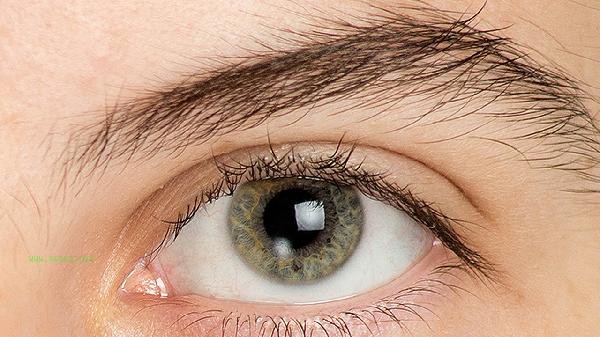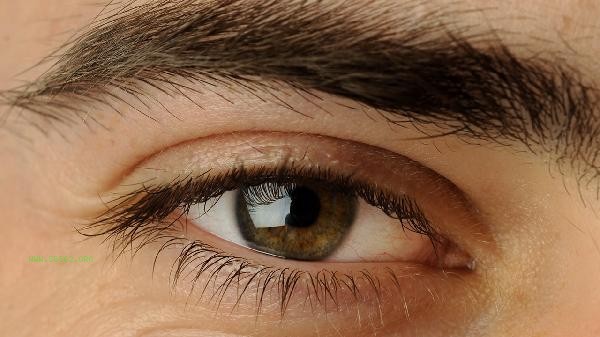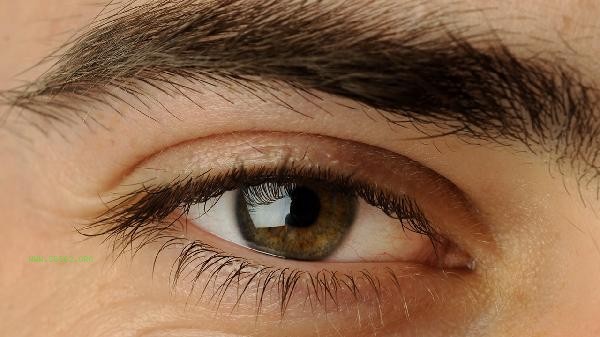HPV33 infection is mainly transmitted through sexual contact, but can also be transmitted from mother to child or indirectly through contact. HPV33 belongs to the high-risk type of human papillomavirus, and the main routes of infection include skin and mucous membrane damage contact, sharing personal belongings, iatrogenic infection, vertical transmission from mother to child, and immune dysfunction.
1. Skin and mucosal damage contact
Sexual behavior is the main transmission route of HPV33. Viruses can invade epithelial cells through minor damage in the reproductive organs, anus, and other areas. Unprotected sexual behavior significantly increases the probability of infection. Oral sex can also lead to HPV infection in the mouth and throat area. People with multiple sexual partners or a history of infection have a higher risk.
2. Sharing personal belongings
Contact with towels, underwear, bathtubs, and other items contaminated with the virus may cause indirect transmission. Viruses can survive for several hours in humid environments. Especially when there are small wounds in the perineum, sharing items such as razors and bath towels may cause infection. Public places such as swimming pools and saunas may also become a medium of communication.
3. Iatrogenic infection
Incomplete disinfection of medical devices may lead to cross infection. During gynecological examinations, childbirth surgeries, and other procedures, if instruments are contaminated with viruses, it may cause iatrogenic transmission. Irregular beauty procedures such as private hair removal and tattoos may also become a route of transmission.
4. Vertical transmission from mother to child
Pregnant women infected with HPV33 may transmit the virus to their newborns during delivery. Viruses can cause respiratory papillomas in infants and young children through contact with the birth canal. Cesarean section can reduce but not completely avoid the risk of transmission. Reduced immunity during pregnancy may accelerate virus replication.
5. Low immune function
People with AIDS and those taking immunosuppressants after organ transplantation are more susceptible to infection and difficult to eliminate the virus. Long term use of glucocorticoids and autoimmune diseases can weaken cellular immune function. Smoking, long-term staying up late and other unhealthy habits can also lower local mucosal immunity.
Comprehensive measures need to be taken to prevent HPV33 infection. It is recommended that the appropriate age group receive the HPV vaccine, as it is the most effective preventive measure. Maintaining a single sexual partner and using condoms can reduce the risk of infection. Avoid sharing personal items such as towels and razors with others. Regular cervical cancer screening can help detect lesions early. Enhancing immunity can be achieved through a balanced diet, regular sleep patterns, and moderate exercise. If abnormal symptoms occur, seek medical attention promptly and avoid self medication. Medical personnel must strictly follow disinfection standards to prevent iatrogenic infections.








Comments (0)
Leave a Comment
No comments yet
Be the first to share your thoughts!